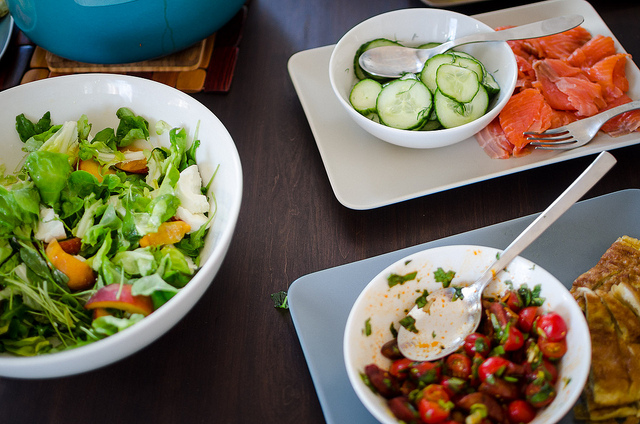We’re now mid-way through the first year of the AAAS Community Engagement Fellows Program (CEFP), funded by the Alfred P. Sloan Foundation. The first cohort of Fellows is made up of 17 scientific community managers working with … Continue reading “A how-to guide for training scientific teams: More reflections on SciTS 2017”
We’re now mid-way through the first year of the AAAS Community Engagement Fellows Program (CEFP), funded by the Alfred P. Sloan Foundation. The first cohort of Fellows is made up of 17 scientific community managers working with a diverse range of scientific communities. As they continue to develop their community engagement skills and apply some of the ideas and strategies from their training, the Fellows will report back on the Trellis blog, sharing their challenges, discoveries, and insights. Today, in part 2 of a three part series of reflections on the Science of Team Science 2017 conference, Fellow Jennifer Davison shares tips on how to train a scientific team.
Posted by Jennifer Davison, Program Manager at Urban@UW
Although I work as a community manager, I am trained as an ecologist. In graduate school, along with studying climate change and its impacts on plant and animal communities, I learned skills like experimental design, geographic information systems, and statistical methodologies: relatively transferrable skills that are important for being an effective scientist. I was also taught that what’s most valued in academic research are peer-reviewed papers, preferably where you are the first or only author, in the highest-impact journal in which you can get your work accepted. By contrast, I did not receive much instruction or mentorship around skills like teamwork, conflict management, facilitation, or cultural competency.
And yet, it turns out that these kinds of skills are what can make or break collaborative research—a type of scholarship that is becoming more and more important as the challenges we face continue to complexify. (that’s a new word I just made up.) So, it’s not surprising that at the Science of Team Science annual conference there was a lot of discussion about how to train scholars to collaborate.
Continue reading “A how-to guide for training scientific teams: More reflections on SciTS 2017”

